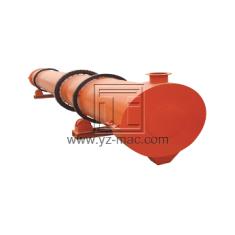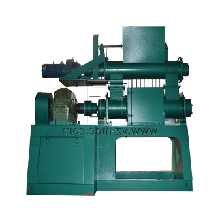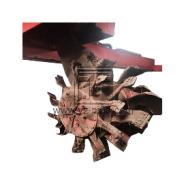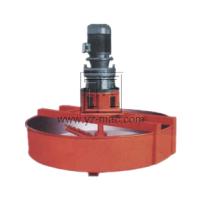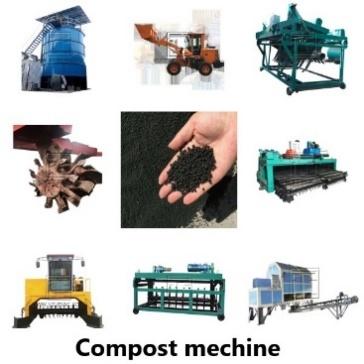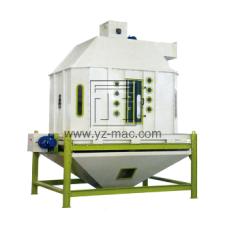Compound fertilizer fertilizer drying equipment
Compound fertilizer drying equipment is used to remove moisture from the final product to improve its shelf life and make it easier to store and transport. The drying process involves removing excess moisture from the fertilizer pellets or granules using hot air or other drying methods.
There are several types of compound fertilizer drying equipment, including:
1.Rotary drum dryers: These use a rotating drum to dry the fertilizer pellets or granules. Hot air is passed through the drum, which evaporates the moisture from the product.
2.Fluidized bed dryers: These use hot air to fluidize the fertilizer pellets or granules, which dries them quickly and efficiently.
3.Tray dryers: These use trays or shelves to hold the fertilizer pellets or granules, with hot air circulated through the trays to dry the product.
The choice of compound fertilizer drying equipment depends on the specific needs of the fertilizer manufacturer, the type and amount of raw materials available, and the desired product specifications. Proper selection and use of compound fertilizer drying equipment can help improve the efficiency and effectiveness of compound fertilizer production, leading to better crop yields and improved soil health.


